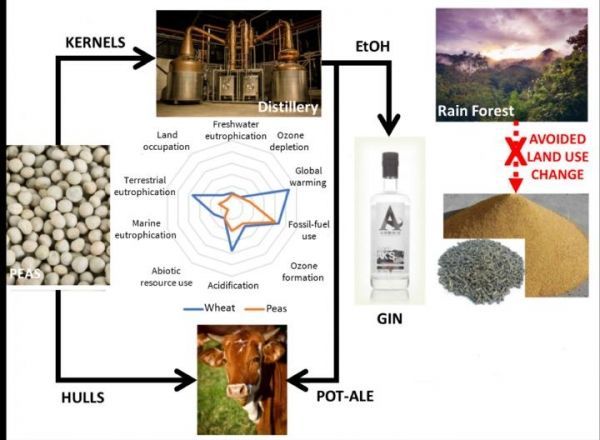For those inclined, it’s the season for a cold, refreshing gin and tonic. We may question the health impact of one too many, but what is the environmental footprint of that classic aperitif?
An international team of researchers teamed up with a pioneering distillery manager to answer this very question in a study recently published in the scientific journal Environment International.
What they discovered may lead to a new method for producing gin and other alcoholic drinks, as well as creating greener biofuels. Their findings may even do their bit in the fight to save the world’s rainforests.
The footprint of gin production
Processes arising throughout the life cycle of gin production – including cultivation of wheat, production of enzymes, heat, electricity, packaging materials and transport – give rise to greenhouse gas (GHG) emissions of 2.3 kg CO2 equivalent (eq.) per 70 cl bottle of gin, or 160 g CO2 eq. per large measure (50 ml).
Read more at Trinity College Dublin
Image: The process of creating gin from peas confers many environmental benefits. (Credit: Professor Williams, Trinity College Dublin)


